Top GCC Data Centers with Tier III Certification
Explore the top Tier III certified data centers in the GCC, ensuring high reliability, energy efficiency, and robust security for critical operations.
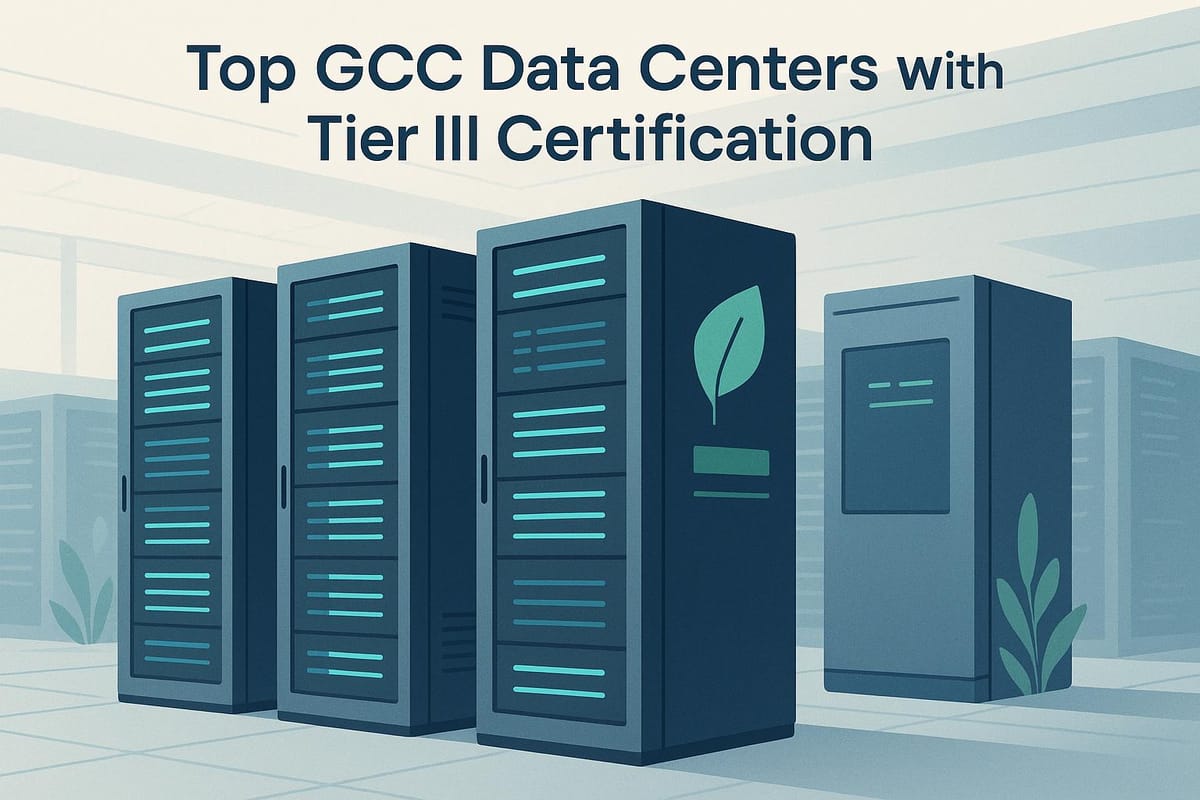
Looking for the best Tier III certified data centers in the GCC? Here's what you need to know: Tier III facilities guarantee 99.982% uptime (less than 1.6 hours of downtime annually), ensuring high reliability and uninterrupted operations. These data centers are equipped with redundant power, advanced cooling systems, and robust security measures, making them essential for critical industries like finance, healthcare, and logistics.
Key Highlights:
- Orange Jordan - Hashem Data Center: Offers modular scalability, energy-saving cooling, and multi-layer biometric security in Amman.
- e& SmartHub Abu Dhabi: Carrier-neutral with scalable bandwidth, desert-optimized cooling, and compliance with UAE cybersecurity standards.
- Batelco RJR Data Center (Bahrain): Features 72-hour power backup, real-time monitoring, and advanced HVAC systems.
- STC ERA Data Centers (Saudi Arabia): Low-latency connectivity, compliance with Saudi data sovereignty laws, and eco-friendly practices.
- Mobily Jeddah DC3: Proximity to Red Sea cable stations for international connectivity and precision cooling for Jeddah’s climate.
- Omantel Ibri Recovery Center: Disaster-ready with 72-hour backup power and enterprise recovery solutions like DRaaS.
Quick Comparison Table:
| Data Center | Location | Uptime Guarantee | Key Features | Industry Focus |
|---|---|---|---|---|
| Orange Jordan - Hashem | Amman, Jordan | 99.982% | Energy-efficient cooling, modular design | Healthcare, Cloud Computing |
| e& SmartHub Abu Dhabi | Abu Dhabi, UAE | 99.982% | Carrier-neutral, scalable bandwidth | Telecom, Enterprises |
| Batelco RJR | Bahrain | 99.982% | 72-hour power backup, real-time monitoring | Finance, Government |
| STC ERA | Saudi Arabia | 99.982% | Low latency, eco-friendly practices | Financial, Government |
| Mobily Jeddah DC3 | Jeddah, KSA | 99.982% | Proximity to cable stations, precision cooling | Telecom, Enterprises |
| Omantel Ibri Recovery | Ibri, Oman | 99.982% | DRaaS, 72-hour backup power | Disaster Recovery, Enterprises |
These data centers are driving the GCC’s digital transformation by combining reliability, scalability, and compliance with international standards. Whether you're in finance, telecom, or healthcare, these facilities ensure your operations stay online, secure, and efficient.
Understanding Tier 3 Data Centre Requirements
1. Orange Jordan - Hashem Data Center
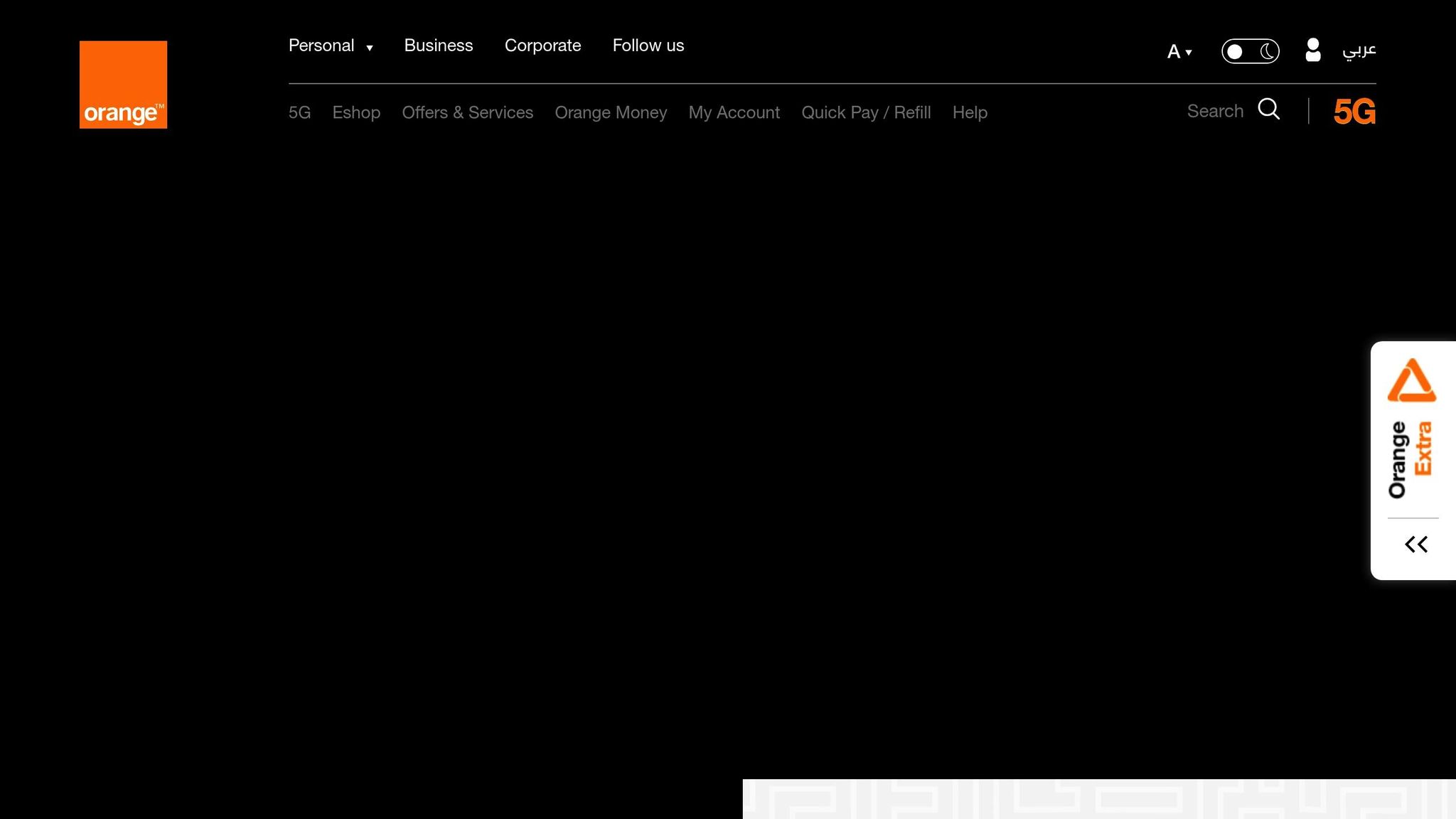
Situated in Medical City, the Orange Jordan - Hashem Data Center earned its Tier III Design certification from the Uptime Institute in March 2025. This certification confirms the facility meets stringent standards for maintaining uninterrupted operations, even during maintenance.
Here’s a quick look at its key specifications:
| Component | Specification |
|---|---|
| Uptime Guarantee | 99.982% annually |
| Power Infrastructure | N+1 redundancy |
| Cooling Systems | Dual-path distribution |
| Security | Multi-layer biometric access |
| Compliance | ISO 27001 certified |
The facility is built for resilience, offering less than 1.6 hours of annual downtime. With dual power sources and redundant cooling systems, it ensures smooth, uninterrupted operations.
Key Strengths
-
Energy Efficiency
The centre integrates energy-saving cooling systems and continuous Power Usage Effectiveness (PUE) monitoring, reducing its environmental footprint. -
Modular Scalability
Its modular design allows for effortless capacity expansion, adapting to growing demands. -
Advanced Security
Equipped with multi-layer biometric access and 24/7 surveillance, the data centre ensures comprehensive protection.
Building on the success of its Marj Al-Hamam data centre, Orange Jordan continues to provide cutting-edge services at Hashem. These include reliable networking and advanced cloud computing solutions, catering especially to essential sectors like healthcare, where operational continuity is critical.
This state-of-the-art facility blends reliability with sustainability, reinforcing its role as a vital part of the GCC's growing digital infrastructure.
2. e& SmartHub Abu Dhabi
Nestled in Abu Dhabi's digital corridor, e& SmartHub stands out as a Tier III facility certified by the Uptime Institute, ensuring high reliability and operational efficiency.
| Component | Specification |
|---|---|
| Uptime Guarantee | 99.982% |
| Power Configuration | N+1 redundancy |
| Maximum Annual Downtime | 1.6 hours |
| Cooling System | Desert-optimised HVAC with hot/cold aisle containment |
| Network Connectivity | Carrier-neutral, multiple fibre entry points with scalable options from 1Gbps to multiple 100Gbps |
Infrastructure Highlights
This facility is built for uninterrupted performance, even during scheduled maintenance. Its advanced cooling system, tailored for the desert climate, ensures precise temperature and humidity control, keeping equipment safe and efficient.
Connectivity and Security
With a carrier-neutral setup, the e& SmartHub offers unmatched connectivity, including:
- Direct peering and multiple fibre entry points for seamless integration
- Low-latency access to markets in the Middle East, Asia, and Europe
- Scalable bandwidth options ranging from 1Gbps to multiple 100Gbps
Security is a top priority, with features like 24/7 on-site security personnel, CCTV monitoring, biometric authentication, and multi-layered access controls ensuring a secure environment.
Certifications and Compliance
e& SmartHub adheres to several key standards and regulations, including:
- ISO 27001 for information security
- PCI DSS for secure payment data handling
- UAE Federal Law No. 2 of 2019
- NESA standards for cybersecurity
- Abu Dhabi Digital Authority guidelines
These certifications reinforce the facility’s commitment to operational integrity and resilience.
Built for Business Continuity
The facility is designed with business continuity in mind, offering features such as dedicated backup suites and synchronous data replication across UAE locations. Its earthquake-resistant construction and advanced fire suppression systems add another layer of protection.
Monthly colocation costs range from AED 2,500 to AED 4,000 per rack unit, depending on power density and contract terms, placing it in the mid-premium tier of the market. Its modular design also allows for customisation and scalability, meeting evolving enterprise needs while maintaining Tier III standards.
3. Batelco RJR Data Center
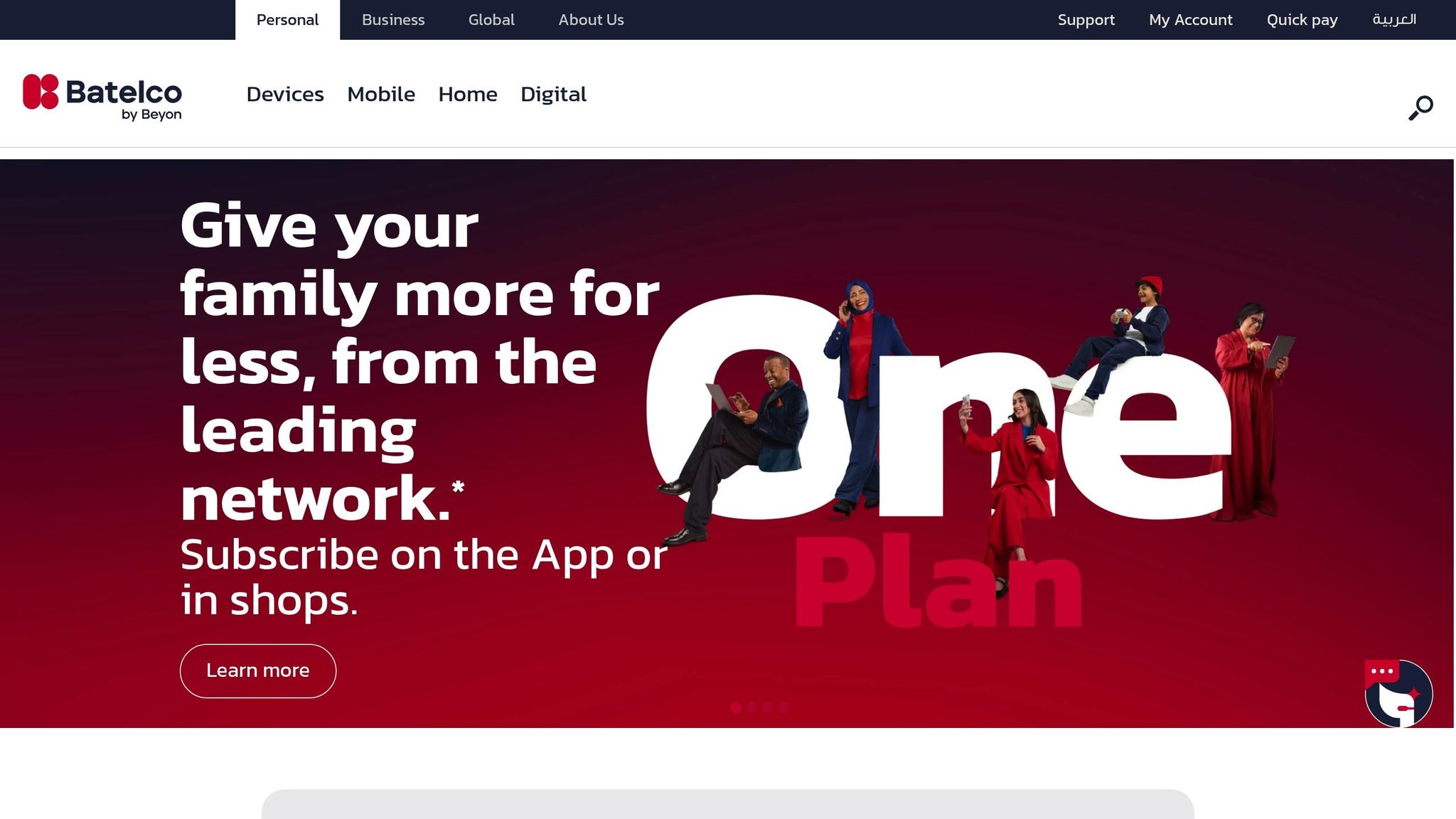
Located in Bahrain, Batelco's RJR Data Center stands out with its Tier III certification from the Uptime Institute. Built with a focus on resilience, the facility is designed to deliver efficient operations and reliable backup systems.
| Component | Specification |
|---|---|
| Uptime Guarantee | 99.982% |
| Annual Downtime Limit | 1.6 hours |
| Power Redundancy | N+1 configuration |
| Power Backup | 72-hour autonomy |
| Cooling System | Redundant HVAC systems |
| Maintenance | Supports concurrent maintainability |
Infrastructure Designed for Reliability
The data center is engineered to allow maintenance activities without interrupting services. Its power infrastructure features automated power distribution, real-time monitoring, and seamless failover capabilities, ensuring uninterrupted performance.
Cutting-Edge Cooling and Power Systems
The facility uses advanced HVAC systems tailored to Bahrain's climate, ensuring precise control over temperature and humidity. These systems are not just reliable but also energy-efficient. Key features include:
- Redundant UPS systems for uninterrupted power
- Sophisticated power distribution units
- Real-time power usage monitoring
- Automated failover systems to handle unexpected issues
Security and Access Controls
Security is a top priority at the RJR Data Center. The facility is equipped with 24/7 surveillance, biometric access controls, and multiple security zones to protect sensitive operations. These measures are especially crucial for clients in sectors like finance, government, and healthcare.
Performance Benchmarks
| Metric | Target Performance |
|---|---|
| Power Usage Effectiveness (PUE) | Energy-efficient operations |
| System Availability | 99.982% uptime |
Supporting Bahrain's Digital Growth
The RJR Data Center plays a vital role in advancing Bahrain's digital transformation goals. By combining Tier III-certified reliability with energy-efficient practices and continuous power monitoring, it contributes to sustainable and forward-thinking operations in the region.
4. STC ERA Data Centers
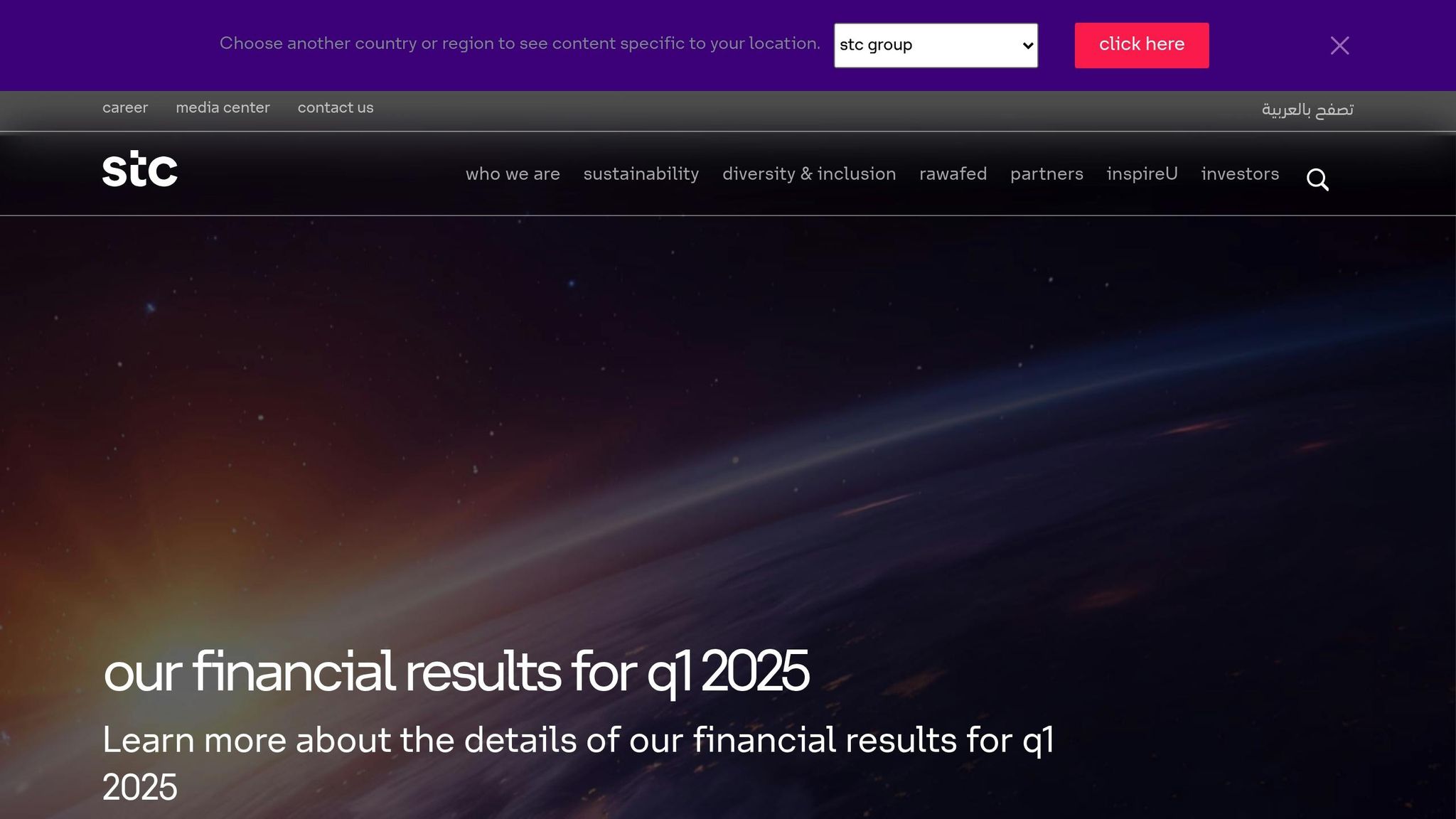
STC ERA Data Centers, operated by center3 - a subsidiary of Saudi Telecom Company - play a key role in strengthening Saudi Arabia's digital infrastructure. With a Tier III certification, these data centres are built for reliability, offering redundancy and concurrent maintainability to ensure that operations remain uninterrupted during planned maintenance.
Core Infrastructure Specifications
| Component | Specification |
|---|---|
| Uptime Guarantee | 99.982% |
| Annual Downtime Limit | 1.6 hours |
| Power Configuration | N+1 or 2N redundancy |
| Power Density | 1.5 to 3 kW per rack |
| Maintenance Design | Concurrent maintainability |
| Distribution Paths | Multiple independent systems |
Advanced Power and Cooling Systems
The facility employs cutting-edge power management systems with multiple redundant distribution paths. Its cooling systems are engineered to handle high temperatures and heavy workloads, making them well-suited for the region's challenging climate.
Strategic Advantages
- Low-latency connectivity to key business hubs across the GCC.
- Full compliance with Saudi data sovereignty laws, ensuring secure data handling.
- Strong disaster recovery and continuity measures.
- A scalable infrastructure designed to meet future demands.
Industry-Specific Solutions
To cater to varying needs across sectors, the data centre offers tailored solutions:
| Industry | Key Benefits |
|---|---|
| Financial Services | Higher security protocols and real-time processing. |
| Government Agencies | Adherence to data sovereignty laws and secure operations. |
| Telecom Operators | Low latency and enhanced bandwidth capacity. |
| Enterprise Clients | Scalable resources for uninterrupted business operations. |
Sustainability Features
STC ERA Data Centers are committed to eco-friendly practices, incorporating:
- Energy-efficient cooling systems to reduce energy consumption.
- Advanced power management technologies for optimal performance.
- Operations designed with sustainability in mind.
- Resource optimisation to minimise waste and maximise efficiency.
5. Mobily Jeddah DC3

Mobily's Jeddah DC3 is a Tier III certified data centre located in Saudi Arabia's western region. Positioned strategically near the Red Sea submarine cable landing stations, it plays a crucial role in supporting critical operations with its robust infrastructure.
Core Infrastructure Features
| Component | Specification |
|---|---|
| Uptime Target | 99.982% |
| Power Configuration | N+1 redundancy |
| Cooling Design | Precision cooling with hot/cold aisle containment |
| Security Certification | ISO 27001, PCI DSS |
| Network Connectivity | Multi-carrier support with diverse routing |
Advanced Cooling Solutions
The data centre is equipped with precision cooling systems tailored for Jeddah’s climate. These systems use variable speed drives and hot/cold aisle containment to maintain optimal conditions. During cooler months, free cooling is utilised to enhance energy efficiency.
Enterprise-Grade Connectivity
Thanks to its proximity to the Red Sea submarine cable landing stations, the facility offers low-latency connections for both regional and international markets. This makes it a key player in strengthening the Gulf Cooperation Council’s (GCC) focus on efficient, high-speed international communication links.
Security and Power Infrastructure
Jeddah DC3 prioritises security and uninterrupted operations. It features round-the-clock personnel, biometric access controls, extensive CCTV surveillance, and adheres to National Cybersecurity Authority (NCA) standards. The power infrastructure is built on an N+1 UPS configuration, supplemented by backup generators, ensuring continuous functionality while meeting local data sovereignty requirements.
Client Services
The facility provides a range of client-focused services, including 24/7 remote support, dedicated equipment zones, a client monitoring portal, bilingual assistance, and service level agreements (SLAs) covering power, cooling, and connectivity. These features are designed to support Saudi Arabia’s expanding digital infrastructure while delivering consistent performance and reliability.
6. Omantel Ibri Recovery Center
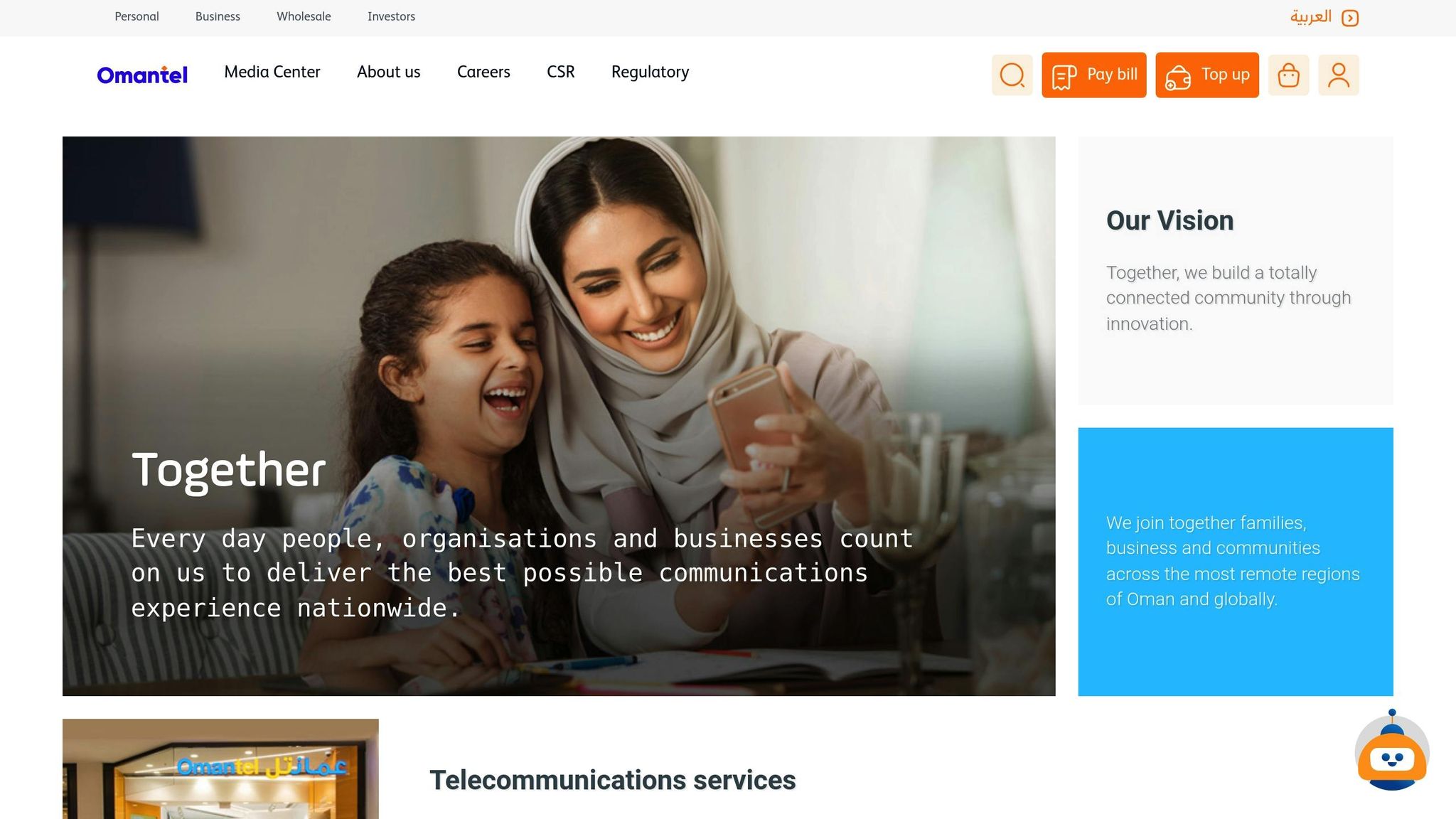
Omantel Ibri Recovery Center highlights Oman’s dedication to building reliable and disaster-ready infrastructure. This Tier III facility is specifically designed to ensure seamless disaster recovery and uninterrupted operations.
Infrastructure Specifications
| Component | Details |
|---|---|
| Uptime Guarantee | 99.982% (allowing a maximum of 1.6 hours of annual downtime) |
| Power Systems | N+1 redundancy with a 72-hour backup capacity |
| Cooling Design | Multiple distribution paths with N+1 redundancy |
| PUE Rating | Around 1.5 |
| Network Connectivity | High-speed fibre optic infrastructure |
Advanced Redundancy Systems
The center is built to operate without disruption, even during unexpected power failures. With uninterruptible power supply (UPS) systems and backup generators, it ensures continuous operations in the event of grid outages.
Environmental Controls
The facility uses cutting-edge cooling systems with N+1 redundancy and multiple distribution paths to maintain ideal conditions. Precise control of temperature and humidity safeguards equipment performance, reinforcing the overall reliability of the infrastructure.
Security Framework
Security is a top priority at the Ibri Recovery Center. The facility is equipped with multiple layers of protection, including biometric access controls, 24/7 on-site security personnel, CCTV monitoring, and strict access protocols.
Enterprise Support Services
Omantel provides enterprise-level recovery solutions such as Infrastructure as a Service (IaaS) and Disaster Recovery as a Service (DRaaS). Its extensive fibre optic network ensures low-latency connectivity across Oman and to global destinations.
Located strategically in Ibri, this center complements Omantel's primary data facilities, enhancing Oman’s digital transformation journey while adhering to global standards for data center operations.
Performance Metrics Comparison
Expanding on the earlier facility reviews, this section dives into the key performance metrics of GCC Tier III data centres. These metrics provide a clear picture of their operational reliability, energy usage, security standards, and connectivity capabilities.
Core Performance Standards
Tier III data centres promise an impressive 99.982% uptime, which translates to a maximum of just 1.6 hours of downtime per year. This is achieved through advanced redundancy systems and the ability to carry out maintenance without disrupting operations.
Operational Metrics Overview
Every GCC Tier III facility is equipped with dual power feeds and backup systems that ensure uninterrupted services. They strictly adhere to the design and construction criteria required for Tier III certification, ensuring resilience and reliability.
Energy Efficiency Benchmarks
Energy efficiency is a top priority. GCC data centres boast PUE (Power Usage Effectiveness) ratings between 1.2 and 1.5. This is made possible through innovative cooling solutions such as evaporative cooling, liquid cooling, and chilled water systems, often paired with hot/cold aisle containment to optimise airflow.
Security and Compliance Framework
To protect sensitive data, these facilities hold certifications like ISO 27001, PCI DSS, and SOC 2. Many also comply with regional frameworks such as the UAE Information Assurance Standards, ensuring their security measures align with local requirements.
Connectivity Performance
GCC Tier III data centres offer robust connectivity through diverse Points of Presence (PoPs), Internet Exchange Points (IXPs), and a carrier-neutral approach. This setup minimises latency and enhances network reliability, making it ideal for businesses with complex networking demands.
Scalability
Scalability is another standout feature. These data centres are designed with modular expansion capabilities, allowing businesses to scale their infrastructure as their needs grow. Combined with strong connectivity and flexible configurations, they provide an adaptable solution for evolving enterprise requirements.
Summary
The GCC Tier III data centre market is growing steadily, fuelled by the region's ongoing digital transformation. This growth aligns with the impressive performance benchmarks discussed earlier.
Operators are focusing on advanced technologies, including cutting-edge cooling systems, reliable power solutions, and robust security measures. Investments in Tier III facilities aim to deliver uninterrupted services while meeting the region's changing demands. Competition is also pushing providers to explore hyperscale and edge computing solutions to optimise performance and efficiency.
At the same time, sustainability has become a major priority. Providers are adopting energy-efficient technologies and integrating renewable energy sources to reduce their environmental impact. As digital demand continues to rise, the market is set to expand further, offering businesses a range of dependable and scalable solutions. These developments highlight the GCC's dedication to achieving digital leadership.
FAQs
What is Tier III certification, and why is it crucial for data centers in the GCC region?
Tier III Certification: A Benchmark for Data Centres
Tier III certification is a globally acknowledged standard that signifies a data centre's commitment to reliability, uptime, and infrastructure redundancy. To earn this certification, a data centre must adhere to rigorous requirements, including dual-powered equipment and multiple independent power and cooling paths. These features ensure an impressive 99.982% uptime annually.
For businesses across the GCC, this certification is more than just a badge of honour - it’s a necessity. It guarantees uninterrupted operations, even during power outages or routine maintenance, which is critical for sectors like finance, healthcare, and e-commerce. In these industries, even a brief downtime can result in substantial financial and reputational losses. Moreover, Tier III-certified data centres enable businesses to align with global standards, boosting their credibility and ensuring operational consistency.
How do GCC Tier III data centres ensure energy-efficient cooling in the region's extreme climate?
Cooling Technologies in GCC Tier III Data Centres
GCC Tier III data centres are equipped with cutting-edge cooling systems to tackle the region's scorching summer temperatures, which can soar beyond 50°C. These facilities often utilise advanced methods like liquid cooling, free cooling, and economiser cycles to reduce dependency on traditional air conditioning. By incorporating energy-efficient designs - such as optimised airflow management and thermal containment techniques - these centres ensure uninterrupted operations while keeping energy use in check.
In line with regional environmental initiatives, many data centres are also adopting sustainable practices. This includes integrating renewable energy sources and implementing water-efficient cooling systems. These efforts not only enhance reliability but also improve efficiency, even under the most challenging conditions.
What security measures do Tier III data centres in the GCC implement to ensure data protection and compliance with regional regulations?
Tier III Data Centres in the GCC: Security and Compliance
Tier III data centres in the GCC region are built with advanced security measures to protect data and align with local regulations. Here's a closer look at the safeguards they employ:
- Round-the-clock monitoring: These centres utilise cutting-edge CCTV systems and maintain on-site security teams to ensure constant surveillance.
- Biometric and multi-factor authentication: Access is tightly controlled with biometric scans and layered authentication steps, keeping unauthorised individuals out.
- Environmental protection systems: Fire suppression technologies and climate-controlled settings shield critical infrastructure from risks like fire or overheating.
- Compliance with regional laws: They adhere to regulations such as the UAE’s Personal Data Protection Law (PDPL), meeting stringent privacy and data protection requirements.
Designed for resilience and redundancy, these facilities ensure uninterrupted service even during unforeseen disruptions, making them a dependable option for businesses across the GCC.
